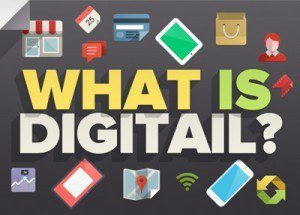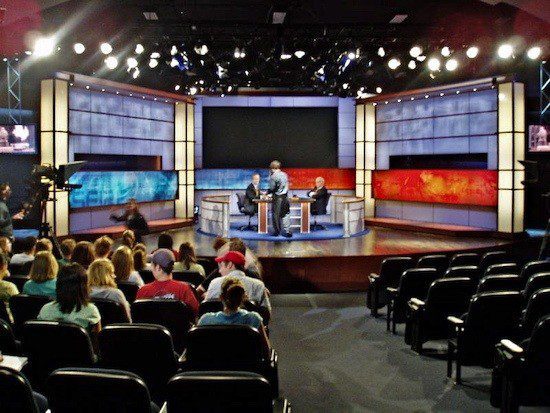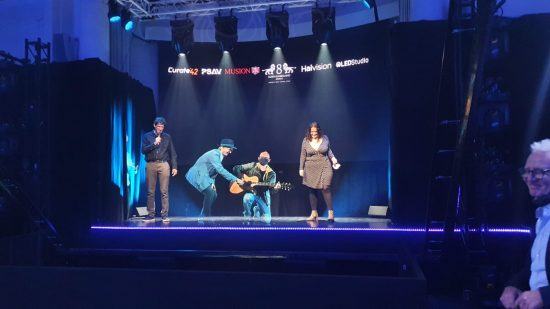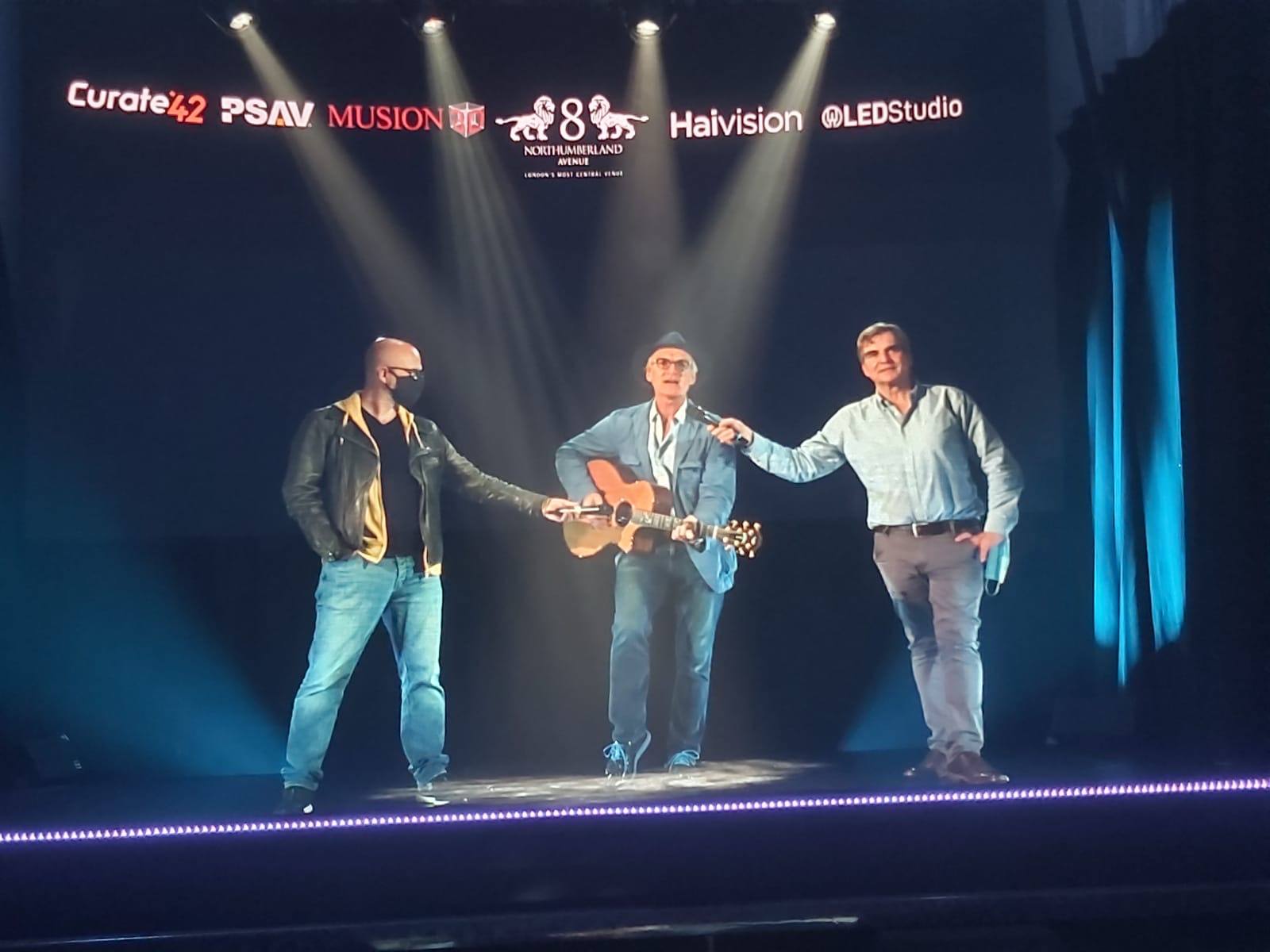What will the post-pandemic hangover feel like?

As we wind our way through this meandering pandemic, deal with our various forms of isolation and divergent governmental policies, there is one thing we can all agree on: we all recognize that the digital tools and platforms are and will be absolutely vital. For many people, there’s been an awakening to the range of possibilities online, with the rise of new tools and ways to connect and communicate. This pandemic period has brought about an accelerated digital transformation for many laggard companies and unsuspecting management teams. For others, meanwhile, the massive surge in use of online tools has provoked a backlash and a craving for a return to the physical In-Real-Life (IRL). Aside from legacy thinking that says that work can only get done when in a physical office, many people people are suffering from loneliness and mental health conditions despite the digital tools. An existential question arises:
Is it part of the human condition to need to be present and congregate physically?
It depends…
The fact of the matter is that there is no single solution or answer to the question. It will depend on a number of factors, such as your culture, sector and, at more granular level, what types of projects you are working on. Whether you go 100% distributed (i.e. fully online) or keep with the in-presence physical offline, it will be on a scale and each company will need to find its balance. In a post-pandemic world — which won’t be normal or really resemble that which we knew in the past — a blended existence will surely be the new standard. With agility and flexibility, we’ll each need to come up with a blended solution between off- and online, analogue and digital.
In a post-pandemic world, a blended existence will surely be the new standard.#newnormal #blended #humancondition Share on XKaleidoscopic vision
In this future seamlessly blended existence, I liken it to the feeling of looking through a kaleidoscope. As we twist and turn through our day, new patterns will emerge, with the dots and colours layering, blurring and interacting with one another. Online/digital will interplay with the physical/analogue.

Soon enough we will stop talking about digital marketing and digital transformation. It will be just plain marketing and transformation. THIS will be our new normal. Whereas in the past we marketers talked about social media marketing and e-commerce, we’re going to see the mixture of off- and online overlap and bleed into all spheres of life and business. For example, as I’ve written in the past, there will be blended marketing, education, retail and networking. To wit, new terms have emerged over the last decade, such as hybridity, phygital and digitail, as coined by Nicolas Bordas.
The phygital in retail: digitail

Looking at the notion of retail commerce, digitail is where retailers are selling via a combination of online and offline channels, where the smartphone, social media and a raft of other technologies (AR, VR, big data, AI…) are an integral part of the blended shopping experience. [Please check out my infographic on digitail here.] For each activity, we’ll need to find the right suite of technologies to make our business futureproof. For communications and marketing, we’ll need to remain agile as platforms come and go, in and out of fashion, depending on the organization and client base with which you’re dealing.
The future of conferences and events
With my main profession being speaking at conferences and events, I’ve naturally had to migrate to giving talks on Zoom/Bluejeans/Teams… etc. But, there will be a time when the subject of the CV-19 virus will move from the main windshield to the rear-view mirror. In what shape will events and conferences re-emerge?
Re-inventing the old
In that post-pandemic life, it seems that we are bound to carry with us certain lessons. With the arrival of the Covid-19 pandemic, we’ve all experienced massive change. Digital has been slingshot into every organization in ways that might have taken years to do had we all been left to our regular devices (ie. pre-pandemic). We’ve discovered that business can be done without being in an office. We don’t necessarily need to fly around the world to conduct meetings IRL. In the process, we’re saving time, money and fossil fuels. As much as many of us have made strides in the digitalization of our business, though, it seems to me that the improvement in online events has not kept apace. So, how to make the online conferences and events better? I believe part of the answer lies in a tried & true practice from traditional television: the studio audience. Just as marketing has had to reinvent itself, in part by returning to old-fashioned notions of localization, personalization and customer centricity, I see online events and conferences borrowing from the old TV model.

I can say that as a speaker, it makes a great difference to have the option to interact with a full-body live audience. It doesn’t need to be a large audience in the studio, but enough to gauge and interact with. Then, all the other attendees can zoom in from afar. As the compression technologies, bandwidth, infrastructure and equipment improves, it will be exciting to see the opportunities via holograms. I was fortunate enough to trial the state of the art with Musion 3D Events (powered by Haivision). They have developed the ability to capture and distribute very high resolution (4K) through the Internet and to do so in real time, with real-life interaction. Below you can see me interacting with some pals on another stage…. Who’s real, who’s a hologram?

It’s really very impressive IRL. Check out this Musion video on Vimeo:
Dan Olsen interactive hologram performs live and simultaneously in two locations from Musion Events on Vimeo.
I see the future of great events as being blended. Obviously, there will be a need to democratize certain technologies and nothing replaces good content and delivery. But, the future of conferences, events and, even entertainment, will inevitably be blended or phygital. Think of televised sporting events. It’s already blended in a more rudimentary fashion. An online audience can watch the live event streamed, while others are attending locally. Similarly, but in reverse, television shows stream out to a larger group of spectators with a live audience on hand in the studio. In both cases, the event can be broadcast at a later date and yet keep the “live” feeling.
Hopefully, you are ready for the hair of the dog and will ride out this pandemic hangover! I, for one, am excited by the options and opportunities for the new phygital experiences ahead.
What are your thoughts on the future of events and conferences? Please do comment and share!
***If you like my writing and are interested in fostering more meaningful conversations in our society, please check out my Dialogos Substack. This newsletter will feature articles on why and how we can all improve our conversations, whether it’s at home, with friends, in society at large or at work. Subscription is free, but if you see value in it, you are welcome to contribute both materially and through your comments. Sign up here:












I think this is a very interesting commentary. When the pandemic hit, I did my own research to determine when people thought live events would come back. An interesting insight was that people said they would not want to attend a conference until they could do so without a mask, a symbol of the importance of a concern with healthy networking. So until we reach that milestone, even the studio audience might be a dream. Here’s hoping we can all get back on the stage soone!
Thanks for your comment, Mark. To the extent we can create a safe, socially distanced audience, it’s a possible work around? But unless we can get a properly aerated room, we would still have to deal with the mask in today’s current situation. I think that in the post pandemic period, taking into consideration the cost, time and hassle of travel, many will think twice about setting up IRL events in conference halls…. there’ll also be the convenience and effectiveness question to be managed and that’s notwithstanding the sanitary concerns.
Great article Minter, I am definitely one of those looking forward to a return to physical conferences. What this years online conference has shown us is that a digital reach is global and that means speakers can be global experts and that expands the thought leadership on offer. In future, we will return to a physical venue but using conferencing systems, we will once again broadcast international speakers onto the main screen, as well as having those live speakers that are available to interact with delegates in the networking afterwards. People still love to meet other people if possible but the hybrid event means that a global audience can at least participate if not interact physically.
I Love the studio idea and the holographic, that would be amazing and I will look into it. Our conference was going to be a studio event broadcast from Cranfield University until 8 weeks before the event, when they had to prioritize the delivery of lectures.
Thanks for some great reflections Minter
Best regards Rick
Hi Rick, I certainly yearn for more interaction and the serendipitous pleasures of meeting interesting people at live events. The online forum certainly does allow for a greater diversity of participants (speakers and audience)…. Great point.
Great article Minter, it is so true especially the “blended solution between off- and online, analogue and digital”. I definitely miss the audience interaction. The instant feedback from non-verbal signals, event a show of hands, a thumbs up on-screen works too but that is only when you get to see the audience. There is so much I am learning right now about virtual events. Happy to collab and share learnings someplace if it helps us all.
I think that there is much to be learned (including better tools) for the online experience…. Event organisers need to adjust their programmes to reflect this new reality as well.
Nice Article Minter, as we are hit by a global pandemic we are discovering the advancements of the digital world as there are many amazing technologies that are already made it. We’re exploring the use of artificial intelligence. As we have AI-based media solutions for facial expression, lip-sync, and more. In this the best technology are from MulticoreWare. For more, please visit: https://multicorewareinc.com/media-analytics/